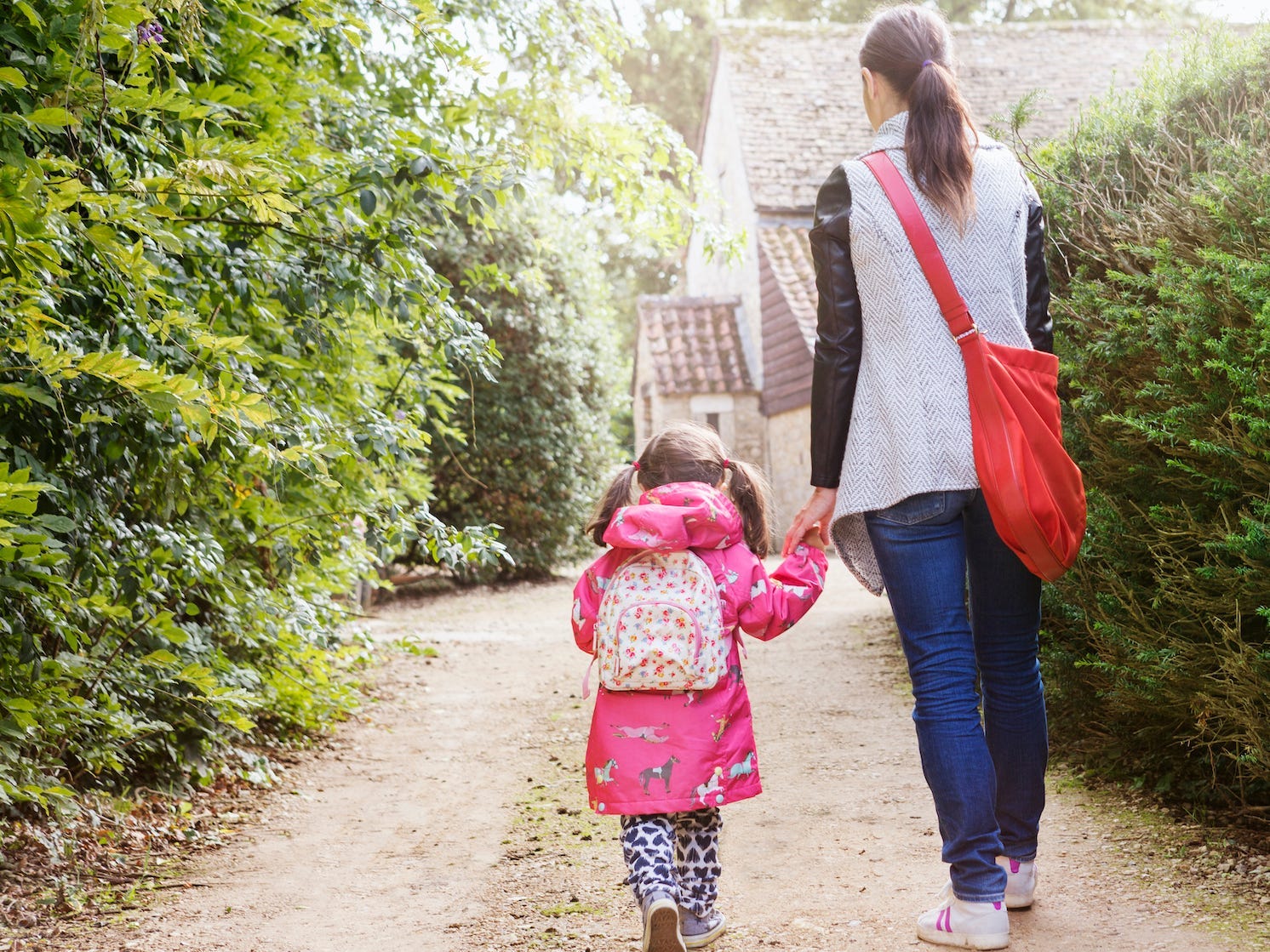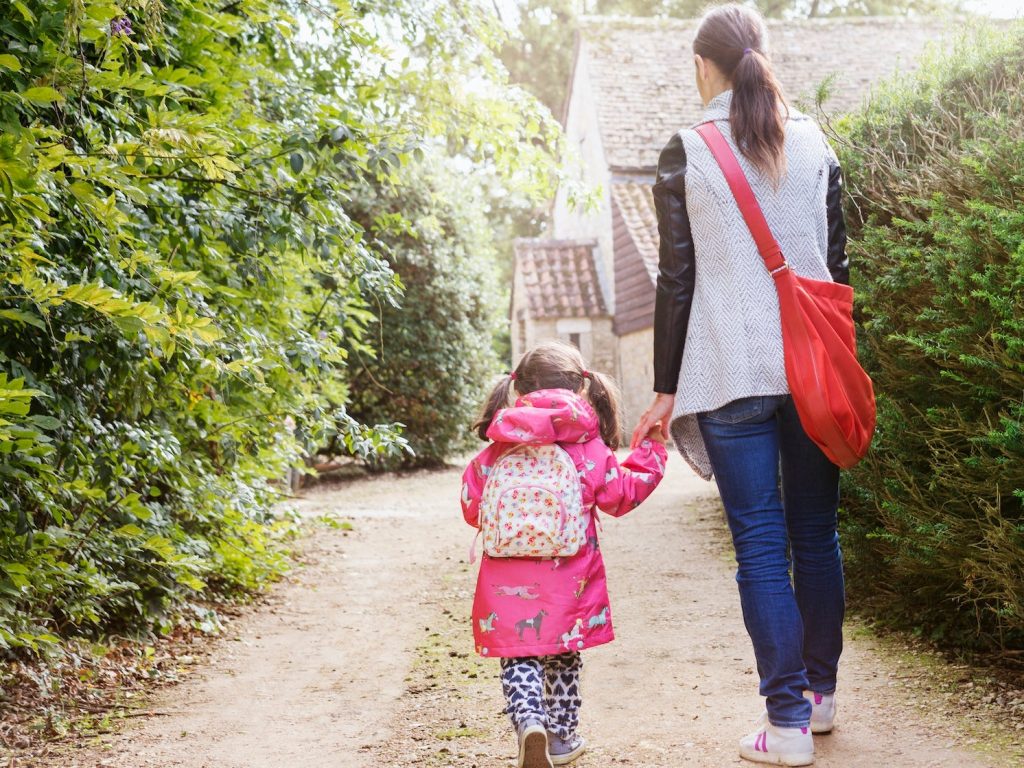
- New research shows the expanded child tax credit has already helped reduce child poverty after one payment.
- The child poverty rate dropped 15.8% in June to 11.9% in July.
- The researchers found coronavirus relief measures kept 6 million children out of poverty in July.
- See more stories on Insider's business page.
The monthly payments the government started sending out to eligible families in July are already saving three million children from falling below the poverty line – and that's just with one payment.
New research from Columbia University's Center on Poverty and Social Policy finds that the first child tax credit payment has already contributed to the child poverty rate dropping from 15.8% in June to 11.9% in July, or a decline of 25%.
The authors note that this monthly decline was driven by the first advance child tax credit payment where the credit alone kept about three million children out of poverty. Families getting advance monthly payments are receiving up to $250 a month per child for children between 6 to 17 and up to $300 a month per child for children under 6 years old. Coronavirus relief measures altogether seem to have been effective in reducing child poverty, keeping 6 million children out of poverty in just July.
A 'big deal' for America's kids
Zachary Parolin, a senior fellow at the Center on Poverty & Social Policy at Columbia University and one of the report's authors, wrote on Twitter that "child poverty is very volatile throughout the year."
"This is part of why the monthly [child tax credit] is a big deal: that drop you see in July will likely stay low and stable through the end of 2021," he wrote.
The first advance child tax credit payment went out to millions of families on July 15. Eligible families started receiving the second one on August 13 and can expect four more monthly payments this year.
The temporary expansion included making the credit fully refundable, having 17 year olds be eligible, and half of the amount going out as monthly installments. The credit increased from up to $2,000 per child to up to $3,000 per child for children age 6 to 17 and $3,600 for children under 6. There also isn't a minimum income requirement of $2,500, allowing families who didn't qualify be included.
Families are using the checks to pay off debt and buy food
The Census Bureau's Household Pulse Survey can also give some insight into how the child tax credit payments have been beneficial so far. Results from data collection from July 21 through August 2 showed 67.6% of adults in households that received a child tax credit in the past four weeks mostly spent it or to mostly pay down debt.
More lower-income families said they were mostly using it to pay down debt or mostly spending it compared to households with higher incomes. Based on the pulse survey, the child tax credit may have helped reduce the share of households with children who say they sometimes or often don't have enough to eat.
For now, the boost will only last a year, but Congress could extend it
Although the report notes 59.3 million children received the first payment, the child poverty rate could have dropped even more if all those that were supposed to receive it did.
"Expanding coverage to all eligible children is key to achieving the Child Tax Credit's full anti-poverty potential, with the greatest gains to be realized for Black and Latino children," the authors wrote.
Right now the expanded child tax credit is only for a year. As Insider's Joseph Zeballos-Roig reported though, Democrats are looking to extend the expanded child tax credit to at least 2025.
"We're talking, I keep pushing for permanence, but we'll see where it goes," Rep. Rosa DeLauro, the chair of the House Appropriations Committee and an architect of this measure, told Zeballos-Roig.
The Urban Institute recently estimated how much the child poverty rate could drop with the expanded child tax credit and found "4.3 million fewer children would be in poverty in a typical year, representing over a 40 percent decrease in child poverty."
Gregory Acs, one of the author's of the Urban Institute report and vice president for income and benefits policy at the Urban Institute, told NPR's Kelsey Snell that if the program continues beyond the expiration of other pandemic aid, the US could see a fall in child poverty by more than 40%.
"The changes to the child tax credit is a new fundamental approach to reducing child poverty and to help families who are struggling in the long run move more permanently out of poverty," Acs told Snell.

